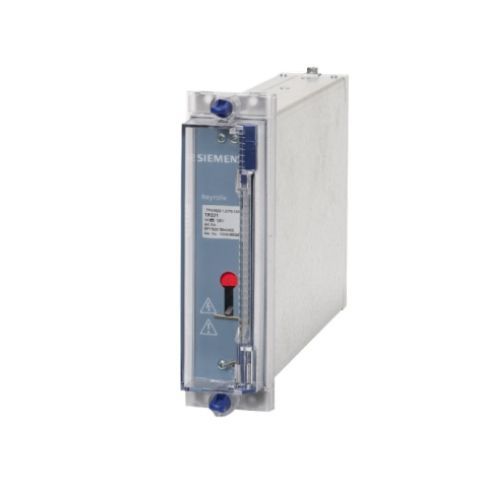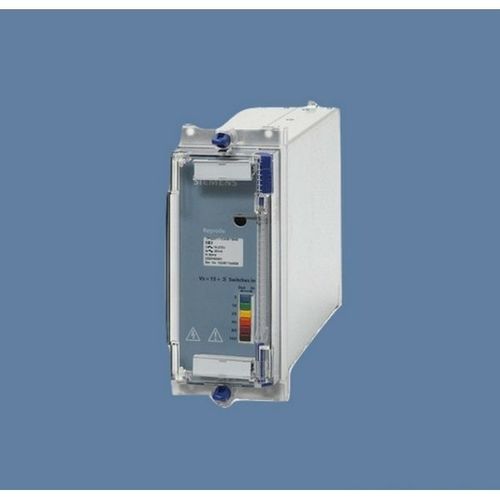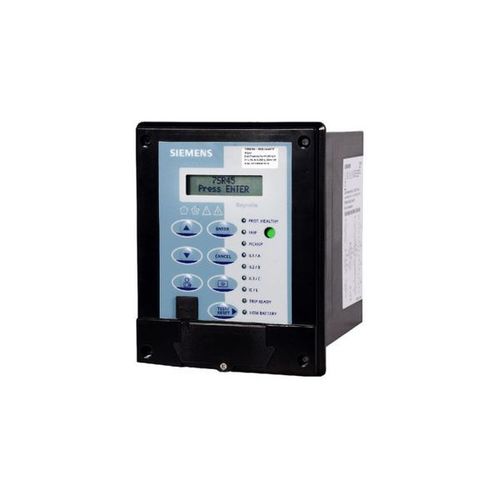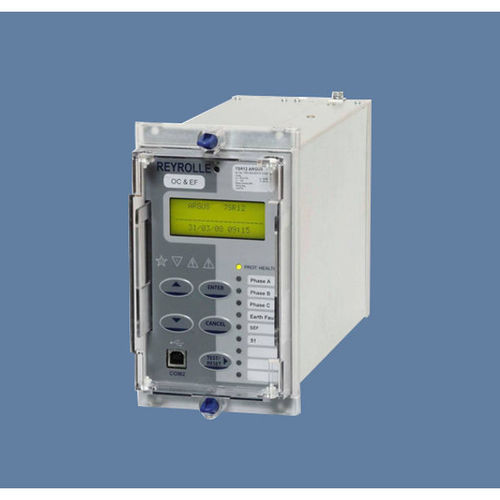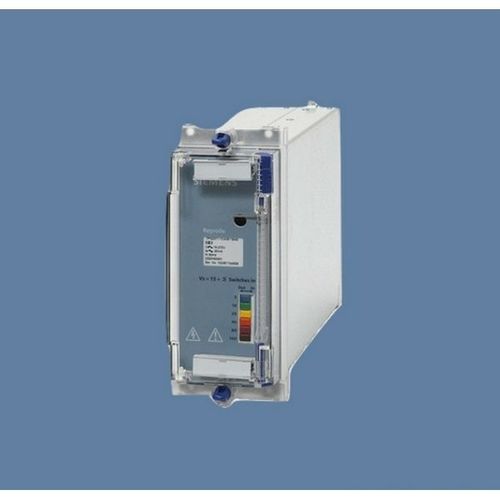Siemens Reyrolle 7PG15 Tripping relay
Product Details:
Product Description
Siemens Reyrolle 7PG15 Tripping relay
The range comprises electro-mechanical relays for a range ofauxiliary and tripping functions. Various combinations of coils, contacts,operation indicator flags can be specified. Options are also available foroperate and reset modes. 7PG15 TR relays - High-speed multi-contacttripping relays, available in both high and low burden models. Variants up to11 contacts, <10 ms operation.
Features
Type TR relays are a range of multi-contact attractedarmature relays complying with IEC 61850. A wide range of models is availableto meet the requirements of the electric supply industry. High speed, positiveaction can be supplied in modular and a withdrawable type case. Robust designfor a long, reliable service life. Available with up to 20 contacts.
Functions
- Low burden, TR1 series Type TR1 relays are suitable for application for tripping and auxiliary duties where immunity to capacitance discharge is not required. These relays are not intended for use with current operated series follower relays.
- High burden, TR2 series High burden relays with immunity to capacitance discharge currents. They are also suitable for certain applications where they are remote from the initiation signal. A high burden also permits reliable operation of current operated series repeat relays. TR relays can be provided with an instantaneous or time-delayed cut-off.
- Low burden relay, TR312 Designed to meet the requirements of NGC specification P15, this is an electrically reset relay (no flag indicator) with additional terminals in the economy circuit to enable a direct connection to the dc supply. This arrangement allows a reduction in the break duty of the initiating contact.
- Switching Relay, TR431 Designed to meet the requirements of NGC TDM 5/11, this is an electrically reset relay with a flag indicator which follows the contact operation. These relays are intended to switch protection and auto reclose equipment in and out of service when controlled over pilot wires from a remote point. They are intended to operate from a remote 50V d.c. battery with a pilot loop resistance of up to 200 ohms.
Other Products in 'Siemens Numerical Relays Dealer' category
|
|
|
 |
RELISERV SOLUTION
All Rights Reserved.(Terms of Use) Developed and Managed by Infocom Network Private Limited. |
